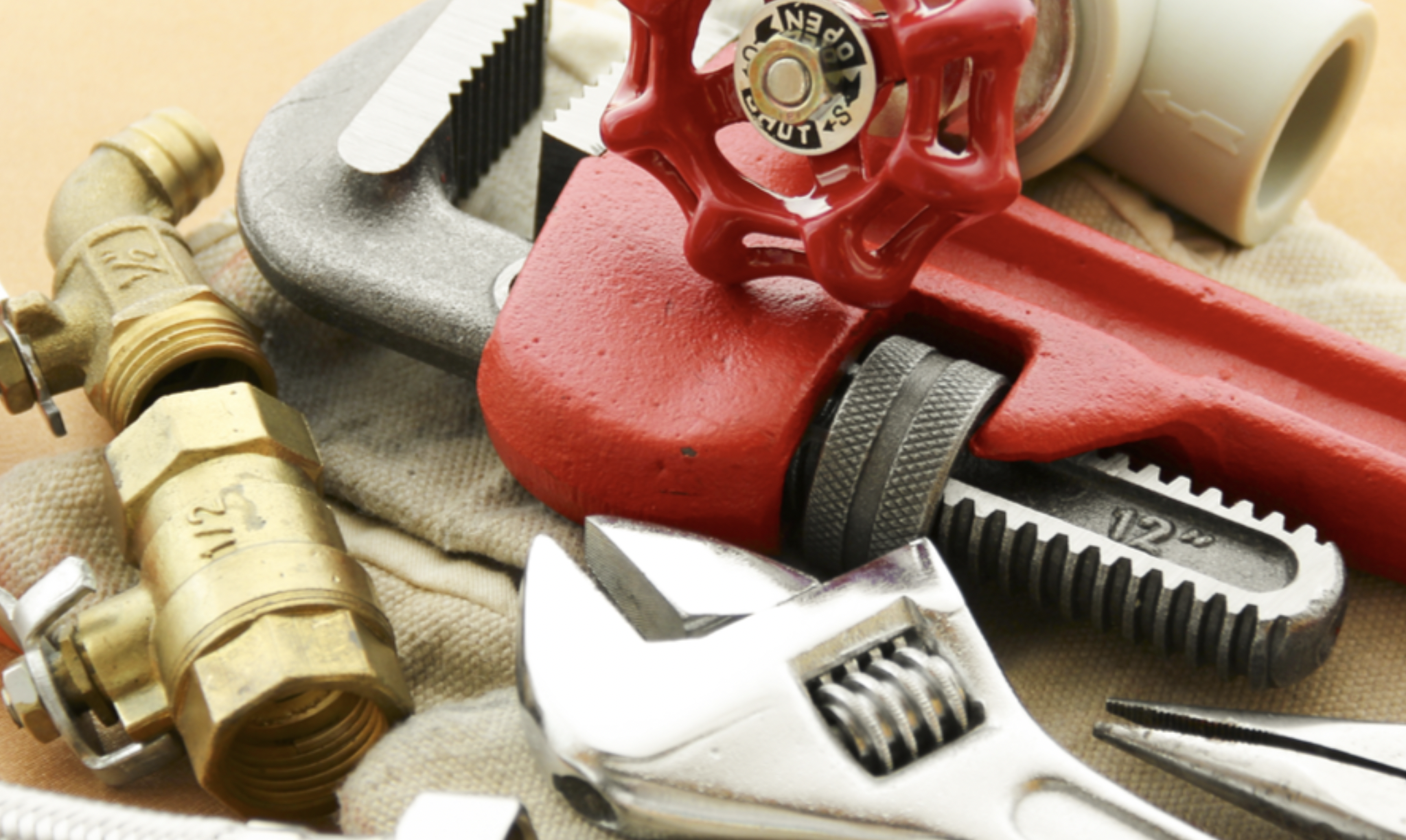
More and more homeowners tackle minor household repairs on their own rather than hire a professional. While common plumbing problems like running toilets and clogged drains are easy to handle without paying an experienced professional, an amateur plumber must use the right equipment.
DIY plumbers need specific tools to get the job done correctly and keep minor plumbing problems from escalating. Homeowners don’t have to pay a lot of money to build their DIY toolkits, but they do have to pay attention to the tools they buy. Here are six must-have tools for DIY plumbers.
Table of Contents
1. Flashlight
A quality flashlight makes it easy to peer down pipes and see what’s causing a clog or determine how far a small tool tumbled down the drain. Homeowners can upgrade to a rechargeable flashlight that uses a USB-C port or rechargeable batteries, which saves money. The best rechargeable flashlight has different settings for different lighting conditions, such as dim cabinets underneath sinks and pitch-black drains.
DIY plumbers should also check out the best tactical flashlight while shopping for a quality light source. Tactical flashlights provide high lumen outputs, which are perfect for plumbing repairs and upgrades. Outside of plumbing projects, tactical lights are great for outdoor use, too.
2. Sink Auger
Clogged tub drains and sinks call for a sink auger, a plumbing tool with an adjustable stainless steel cable that ends in a corkscrew tip. The cable coils inside the drum canister and extends into the drain to reach the clog. After extending the cable into the drain and turning the handle, the drum sends the cable through the pipe until the cable tip breaks up the clog.
It’s important to only use a sink auger on sinks and tubs, not toilets. Sink augers can damage the porcelain on toilet bowls. For clogged toilets, it’s best to use a closet auger, which has a sleeve that protects the bowl from damage.
3. Plumber’s Tape
While duct tape may fix everything, it’s best to use plumber’s tape to seal leaks around threaded plumbing connections. Also known as “Teflon tape,” plumber’s tape wraps around pipe fitting threads.
The reason to use this type of tape rather than any other kind is plumber’s tape lubricates threading and seals joints to prevent leaks. If inexperienced plumbers need to disconnect a joint, Teflon tape reduces resistance.
4. Flange and Cup Plungers
Just as clogged toilets and sinks require two different tools, they also require different plungers. Flange plungers have a special shape suited for toilet clogs. The flange, which is the extended rubber flap beneath the plunger head dome, seals around the hole at the toilet bowl bottom. Once the plunger seals the bottom opening, it creates hydraulic pressure to dislodge the clog.
Sink and tub plungers have a cup shape that creates a secure seal around sink and tub drains. Cup plungers also work great on shower drains.
5. Channel-Type Pliers
Also known as “slip-joint pliers,” channel-type pliers work much like traditional adjustable pliers but have angled jaws and longer adjustment sections. Channel-type pliers also use angled jaws to grip different plumbing parts. Thanks to the long handles, DIY plumbers have plenty of leverage for twisting and squeezing.
Slip-joint pliers are the go-to tool for tightening plastic nuts on sink drains and gripping heavy steel pipes. If homeowners buy only one special tool for their plumbing toolkits, channel-type pliers deserve a spot at the top of their lists.
6. Washers, Faucet Packing, and O-rings
When radiator and sink valves leak, homeowners should reach for O-rings, faucet packing, and washers. O-rings and washers come in a variety of sizes and shapes. If you need to repair an aging faucet and can’t find the right replacement part, use a variety pack.
With faucet packing, you create a secure seal by wrapping the string around valve stems. You can also create a tight seal by bundling the string under packing nuts.
Tough DIY plumbing jobs become easier with the right tools. Rather than reach for the phone when plumbing issues strike, homeowners can instead reach for their toolbelt.